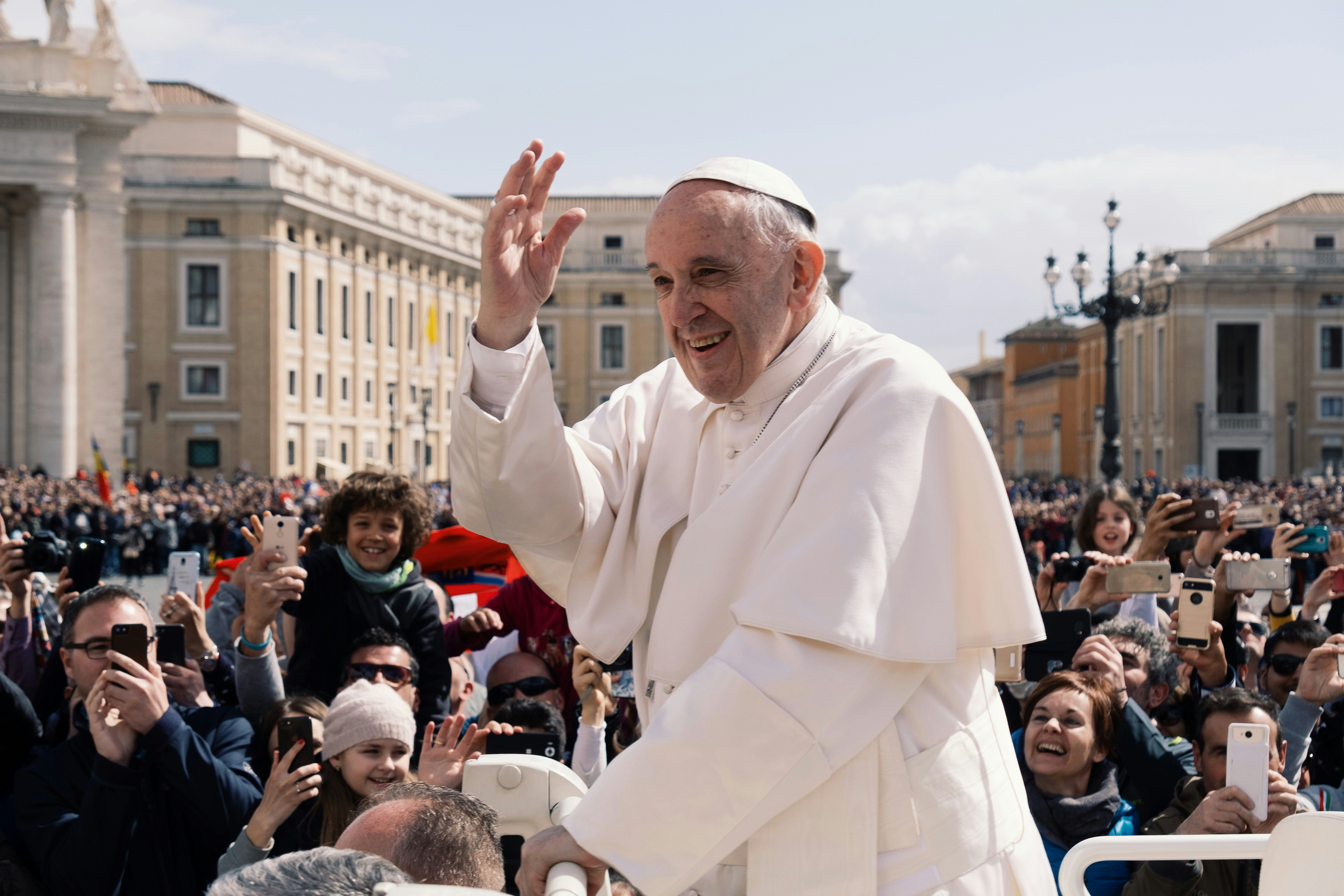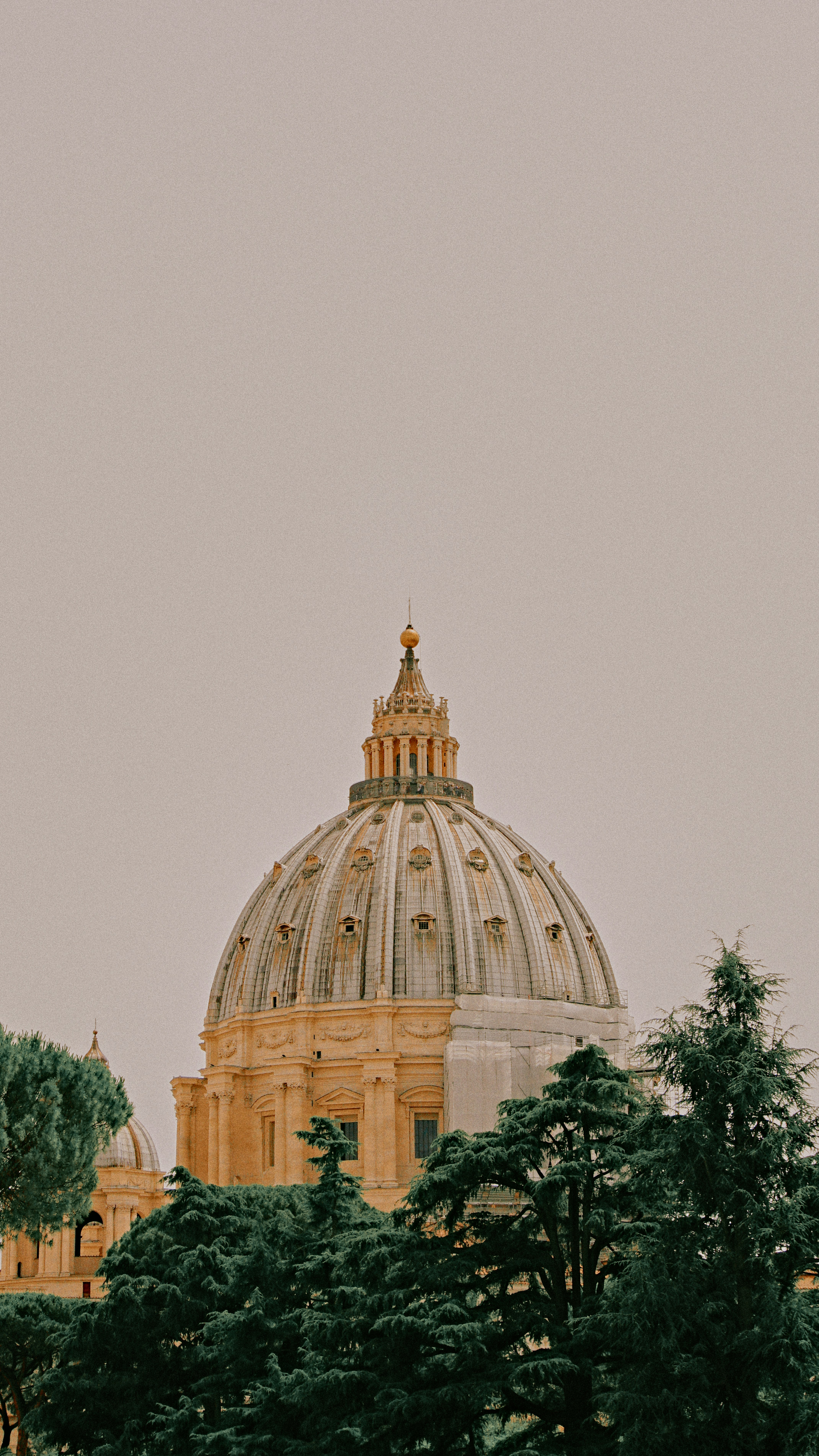What Happens After the Pope Dies? The Step-by-Step Process - EXPLAINED

Image Credit: Unsplash
21th April 2025 4 mins read Published By: Infohub
Pope Francis, who led the Roman Catholic Church for 12 years, has passed away at 88. He died in a hospital in Rome, where he had been undergoing treatment for a respiratory infection. His death has begun a traditional mourning period, marked by ancient rituals. It also initiates the process of selecting a new pope, with a conclave likely to take place within 15 to 20 days.
Advertisement
What Happens After the Pope’s death?
When a pope dies, the process begins with formal confirmation. The camerlengo, a senior Vatican official (currently Cardinal Kevin Farrell), verifies the death alongside the head of the Vatican’s health department. In a ceremonial act, the camerlengo calls the pope’s baptismal name three times (e.g., “Jorge Mario” for Pope Francis). If there is no response, the death is officially declared, and a death certificate is issued. No autopsy is performed, respecting the sanctity of the pontiff’s body. The Vatican then informs the world of the pope’s passing through its official channels.
The camerlengo takes immediate steps to secure the Pope's legacy by locking and sealing the pope's private apartment, to protect personal documents and prevent tampering. Unlike his predecessors, Pope Francis chose not to live in the grand Apostolic Palace penthouse. Instead, he stayed in a modest two-room suite at the Vatican’s Saint Martha guesthouse. This choice was made to foster a more approachable image and to be closer to the Vatican staff. The camerlengo also takes charge of the Vatican’s finances, overseeing the management of the papal estate and ensuring that the church’s assets are safeguarded during the transition period.
Also, the camerlengo has the responsibilty of destroying the papal ring, known as the “Fisherman’s Ring,” which is a symbol of the pope’s authority. This act is performed to prevent any unauthorized use of the ring, which is used to seal official documents. The camerlengo also oversees the funeral arrangements for the pope, which typically take place within a week of his death. The funeral is a grand affair, attended by world leaders and dignitaries, and is held in St. Peter’s Basilica in Vatican City.
Following the funeral, the pope is usually buried in a tomb within St. Peter’s Basilica. Breaking with tradition, Pope Francis requested that his body not be displayed on the customary elevated catafalque in St. Peter's Basilica. Instead, mourners will pay their respects by viewing his remains directly in the open coffin.
Hundreds of thousands of mourners, including pilgrims, dignitaries, and world leaders, may pay their respects over several days. In keeping with his lifelong example of modesty, Francis requested burial in an unadorned wooden casket—a quiet rejection of the ornate triple-coffin tradition that had long honored papal predecessors.
He will be the first Pope in more than a century not to be buried in the Vatican, in the crypt of St Peter's Basilica – opting instead to be laid to rest in Rome's Basilica of St Mary Major, near his favourite icon of the Madonna.

Unslpah
Electing a New Pope
Between 15 and 20 days after the pope’s death, the College of Cardinals convenes in the Sistine Chapel for the conclave, a secretive election to choose the next pope. Only cardinals under 80 can vote, any baptized Catholic male can technically be elected, but popes are almost always cardinals.The cardinals are locked in the Sistine chapel and cut off from the outside world. They have no access to the internet, phones, or any other means of communication. The conclave is a highly secretive process, and the cardinals are sworn to secrecy about the proceedings.
During the voting process, Cardinals cast secret ballots, writing their choice on paper marked in Latin “Eligo in Summum Pontificem” which translates to english 'I elect as supreme pontiff'. A two-thirds majority plus one is required, so they vote in multiple rounds and the ballots are burned after each round. The smoke from the burning ballots signals the outcome of the vote to the public outside. Black smoke indicates no pope has been elected, while white smoke signifies a new pope has been chosen. The cardinals continue voting in rounds until a new pope is elected.
WHAT HAPPENS WHEN A NEW POPE HAS BEEN ELECTED?
After the election of the pope, he is formally asked if he accepts his role, if he agrees, he must select a papal name which is often inspired by the past saints. The Dean of the College of Cardinals announces in Latin “Habemus Papam” in English is (We have a pope) from the balcony of St. Peter’s Basilica, introducing the new pontiff to the world. The new pope then gives his first blessing, known as the “Urbi et Orbi” (to the city and to the world), from the balcony of St. Peter’s Basilica. This is a traditional papal blessing that is given on special occasions, such as Christmas and Easter.
Who can become the Pope?
While any baptized Catholic man is technically eligible for the papacy, in reality, the College of Cardinals almost always elects one of their members. The pope is usually a cardinal, and the election process is heavily influenced by the cardinals’ preferences and alliances. The new pope is expected to uphold the teachings of the Catholic Church and to lead the church in its mission to spread the gospel and serve the faithful.
What is the Work of the Pope?
The pope is the spiritual leader of the Roman Catholic Church and is responsible for guiding the church’s teachings and practices. He is also the head of state of Vatican City, a sovereign city-state that is independent from Italy. The pope has the authority to appoint bishops, cardinals, and other church officials, and he plays a key role in shaping the church’s policies and positions on social and political issues. The pope also represents the Catholic Church in its relations with other religious groups and governments around the world.
Most Read
- Scientists have bring to light new planet that could support human life, around same size as earth
- Video: The 7 Steps to Making a Dire Wolf Explained -By Scientists
- Credit Card vs. Debit Card: Which One Should You Choose?
- WhatsApp to End Support for These Phones in May 2025: Full List
- Elon Musk Just Merged X with His AI Company- Here's why